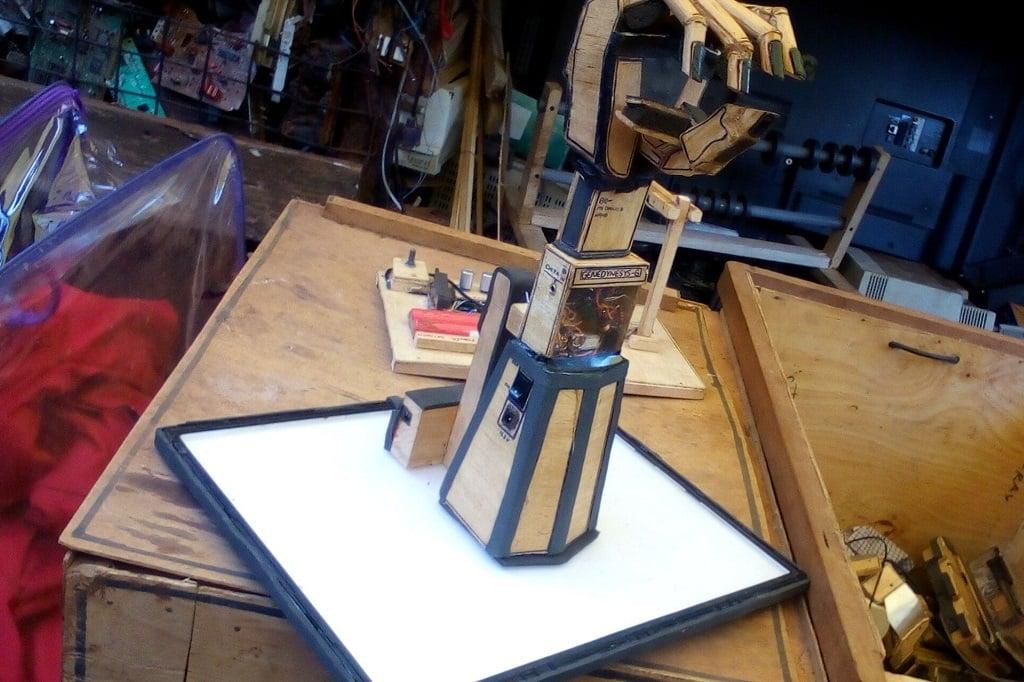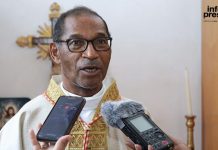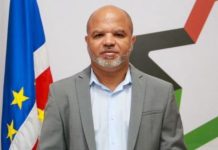Africa-Press – Cape verde. In the suburbs of Kikuyu in Kenya’s Kiambu County, 29-year-old Moses Kiuna and his cousin David Gathu are fiddling with wires and electric cables in their workshop, their grandmothers’ former granary.
They’ve been doing this since they were children – dismantling toys, radios and TV sets, despite the spankings their fiddling attracted from their parents. Today, however, their tinkering is a lot more advanced.
The cousins are making robots that can assist people with disabilities perform simple tasks without assistance, and they already have two prototypes under their belt. Their desire to create assistive technology started in 2009 when they decided to try and help a classmate who had been born without a hand.
“We had a friend who was a congenital amputee and had one hand. We would see him struggle to write, eat and do other things that other children did with ease. It’s then that we began asking ourselves how we could help him, and others, move from being dependent to independent persons,” said Kiuna.
Their early experiences have developed into an insatiable appetite for robotics, and they haven’t looked back.
The self-taught innovators began studying the science behind how the brain sends signals to the nervous system in order for motor activity to occur. Armed with this knowledge, they developed a robotic prosthetic that functions like a human hand to aid people who’ve lost arms due to accidents, illnesses or congenital disabilities.
The assistive device is worn on the head and back of the affected person to enhance communication between the brain and the prosthetic arm.
“The gadget uses brain signals received from the headset receiver and converts the user’s intentions into actions performed by the robotic arm. Decisions are transmitted by electric currents from one cell to another and are translated into various movements,” Gathu explained.
For More News And Analysis About Cape verde Follow Africa-Press






